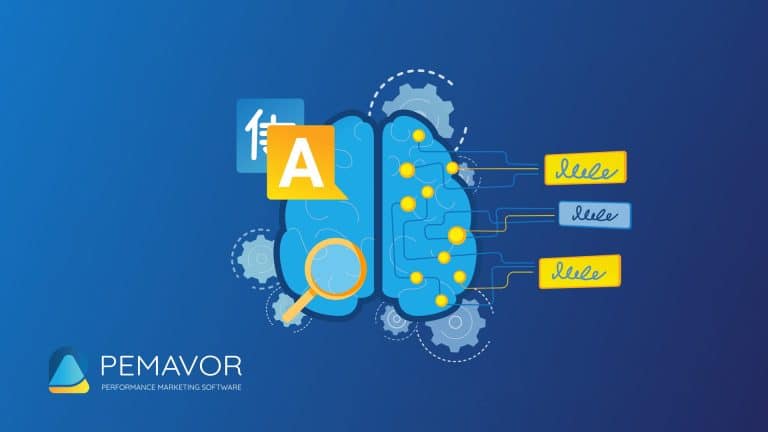Is AI Mode the beginning of a new era, or the slow death of organic traffic?
In early 2025, Google introduced a significant shift to how search results are presented and tracked. Their newly released AI Mode feature expands on AI Overviews, offering a more interactive, AI-powered experience that breaks complex queries into subtopics, provides AI-generated responses, and links out to supporting content.
And now, it’s official: AI Mode data is showing up in Google Search Console.
For marketers, publishers, and SEOs, this changes the landscape. Not only does it alter how your content is surfaced in search, but it also reshapes how that visibility is measured.
AI Mode Is Not Experimental Anymore
A widely shared LinkedIn post brought this shift into sharp focus when it pointed out that AI Mode data had started surfacing in Search Console. That post broke down key tracking implications: Google now logs clicks, impressions, and query data from AI Mode just like it does from classic search, but without giving users the ability to filter it separately. It also stressed that while you may see traffic increases, it’s difficult to tell whether that visibility is truly tied to brand recognition or passive mention. This nuance has sparked discussion throughout the SEO community.
On February 2025, Google confirmed that AI Mode impressions, clicks, and positions are reported in Search Console under the “Web” search type. This update means that AI Mode traffic is now part of your core organic performance data, even though it behaves quite differently from traditional search results.
According to Google’s documentation:
- Clicking a link inside AI Mode counts as a standard click.
- Impressions are registered when the link comes into view (just like traditional snippets).
- Each follow-up question is treated as a new query, which can create traffic spikes.
- There is no filter in Search Console to isolate AI Mode data from regular Web search.
- If your site appears in AI Mode, it may drive traffic, but that doesn’t mean your brand is being recognized or recommended.
Industry Reactions: Confusion and Concern
Recent discussions on LinkedIn by industry experts also highlighted how AI Mode data is now visible in Search Console. One key insight from those discussions: just because your page appears in AI Mode doesn’t mean Google is explicitly endorsing your brand. You might show up as a supporting link in an AI-generated summary, but unless users click your result, you may get visibility without attribution. That nuance has prompted marketers to look beyond raw impressions and consider influence and presence across AI-assisted narratives.
The launch of AI Mode has triggered a wave of reactions across both the SEO community and the broader media.
- Search Engine Roundtable reports early signs of volatility and traffic dips in certain categories.
- In a more serious revelation, The Wall Street Journal reported that sites like HuffPost and the New York Post have lost over 50% of their Google traffic since AI Overviews and AI Mode began rolling out.
While the changes may benefit certain high-authority content providers, the impact is already being felt among publishers and content teams who previously relied on stable search traffic for reach and revenue.
What SEOs and Content Teams Should Expect
- Blended performance metrics: AI Mode data is mixed into “Web” traffic in Search Console, making it hard to isolate its impact.
- Inflated query volumes: Each follow-up interaction within AI Mode is counted as a new query. This may distort query-level performance tracking.
- No brand attribution: Your page may be linked in AI Mode, but that doesn’t mean your brand is being highlighted. Google shows links, not logos.
- Session quality may improve: Google has noted that users arriving via AI Mode tend to spend more time on-site, indicating higher-intent visits, but you’ll need tools like GA4 to verify.
What You Can Do Now
You can’t opt out of AI Mode traffic. You can’t isolate it in Search Console. But you can adapt.
1. Double down on content clarity and structure
AI Mode pulls structured, scannable content. Use clear headings, summaries, and contextual linking to increase your chances of being featured.
2. Track engagement metrics, not just clicks
Measure what happens after the click. If bounce rates rise or session duration drops, that may indicate low match quality in AI surfaces.
3. Monitor new and long-tail queries
AI Mode often introduces follow-up queries that reveal emerging user intent. Use them as seed ideas for deeper content coverage.
4. Don’t chase AI Mode with gimmicks
There is no schema, special markup, or technical trick to optimize for AI Mode. Google says its AI features rely on existing SEO best practices.
5. Think beyond your domain
If your competitors are being featured in AI Mode with stronger content on the same topic, it’s not just about rank anymore. It’s about visibility in AI narratives. Monitor who else is appearing with you.
The Strategic Shift: Visibility Without Attribution
AI Mode represents a shift in how content is retrieved, presented, and credited. It’s no longer just about rankings. You could be featured, but not clicked. Cited, but not recognized. Shown, but never attributed as the authority.
For brands, this introduces a new measurement problem. Visibility alone doesn’t equal influence. That means tools like GSC may underrepresent or mischaracterize your actual presence in AI-driven SERPs.
We expect a new wave of tools and metrics to emerge to help SEOs and content strategists measure influence, not just clicks.
Final Thought
AI Mode is not a temporary experiment. It’s Google’s clearest signal yet that generative AI is now part of core search behavior.
If you’re building content that’s clear, helpful, fast, and people-first, you’re still playing within the rules. But now the rules are being interpreted by a system that rewrites the question, fragments intent, and assembles the answer from multiple sources.
That makes your job harder and more important.
